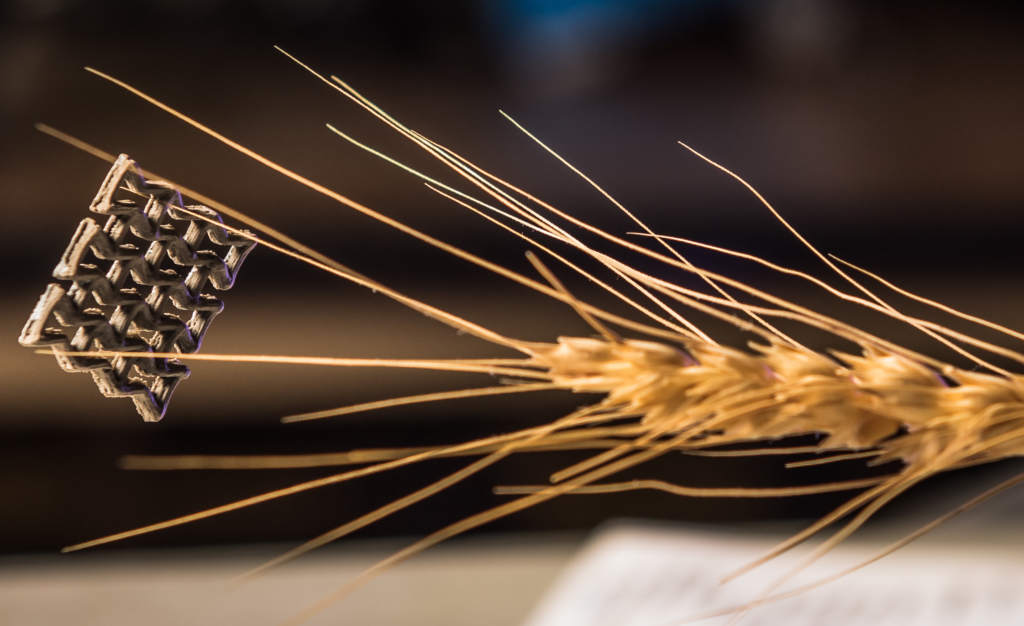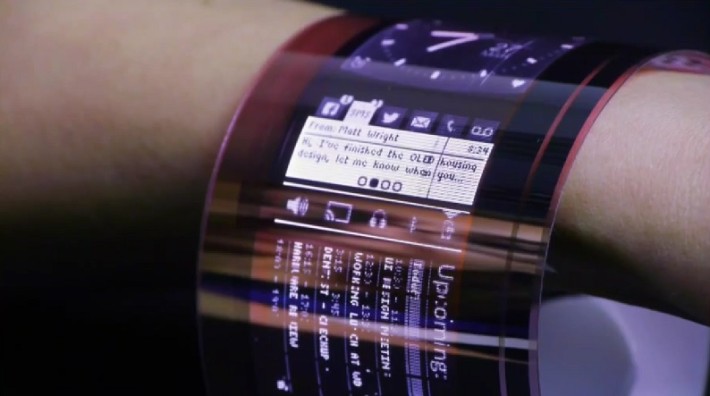Advances in 3D printing with graphene have featured frequently on these pages. Recently we reported on a 3D printed graphene aerogel and earlier this year looked at how MIT are addressing the challenges of making the 2D material into 3D structures.
The UK has lead graphene research ever since work by the University of Manchester’s Andre Geim and Kostya Novoselov isolated the 2D material in 2004. While the theoretical possibilities have excited many commentators and produced a substantial volume of frothy text from journalists, widespread practical applications have yet to emerge.
Innovate UK and the Knowledge Transfer Network plan to change this with the launch of a graphene special interest group (SIG) and a year focused on graphene.

Adding £11.5 billion to the economy
Innovate UK serve to de-risk the transfer of technology from lab scale to commercialisation. This is achieved by funding innovators and connecting them with the appropriate partners. To date Innovate UK has backed projects worth approximately £11.5 billion in value to the economy.
Speaking at last week’s New Designers event held in the London Business Design Center, I heard how the Knowledge Transfer Network (KTN) plans to encourage design with graphene and other 2D materials.
KTN is Innovate UK’s network partner and frequently meets with businesses to harness ideas. The graphene SIG is led by Tatiana Correia, Knowledge Transfer Manager, Nanotechnology, and Robert Quarshie, Head of Materials.

Disruptive technologies
Quarshie explains, “Graphene will create disruptive technologies.” While some of these technologies – like the replacement of silicon – are more than a decade away others have a much shorter horizon.
Mid to longer term opportunities for electronics and semiconductors include flexible electronics, optoelectronic devices and microelectronics. Monika Dunkel, Knowledge Transfer Manager, Emerging Technologies described how circuits printed on plastics could enable a mobile phone to be worn like a bracelet.

Tatiana Correia gave a summary of some of the energy storage applications of graphene. These include the creation of supercapacitors using nano carbon and next generation energy storage devices.
KTN also addressed the issue of scaling production of graphene. Numerous suppliers are now ready to begin production of graphene at scale, including those in China and South Korea. A project at Cambridge University is looking at how to use greenhouse gases to make graphene. According to KTN, supply is ready to go – it is the demand side that is waiting.
The SIG will aim to address this by providing a forum for individuals and enterprises to commercialize and scale projects. The SIG expects approximately be joined by up to 250 parties interested in graphene.
More details of the graphene SIG are available here.
For all the latest 3D printing news, subscribe to the most widely read newsletter in the 3D printing industry, follow us on twitter and like us on Facebook.


